Rise of Plant-Based Diets
The growing trend towards plant-based diets is significantly impacting the sugar alternative market. As more consumers adopt vegetarian and vegan lifestyles, the demand for natural and plant-derived sweeteners is on the rise. Market analysis indicates that the sugar alternative market is witnessing a shift, with plant-based sweeteners like agave nectar and coconut sugar becoming increasingly popular. This trend suggests that consumers are not only looking for healthier options but also prefer products that align with their ethical and environmental values. Consequently, manufacturers may need to adapt their product lines to cater to this expanding demographic.
Growing Health Consciousness
The increasing awareness of health issues related to sugar consumption is driving the sugar alternative market. Consumers are becoming more informed about the negative effects of excessive sugar intake, such as obesity and diabetes. This shift in consumer behavior is reflected in market data, indicating that the demand for sugar alternatives has surged by approximately 20% over the past year. As individuals seek healthier lifestyles, they are turning to sugar alternatives as viable substitutes. The sugar alternative market is thus experiencing a notable transformation, with products like stevia and monk fruit gaining traction. This trend suggests that manufacturers may need to innovate continuously to meet the evolving preferences of health-conscious consumers.
Regulatory Support for Healthier Options
Government initiatives aimed at reducing sugar consumption are influencing the sugar alternative market. Policies promoting healthier eating habits and labeling requirements for sugar content are encouraging consumers to seek alternatives. For instance, recent regulations have led to a 15% increase in the availability of sugar alternative products in retail outlets. The sugar alternative market is likely to benefit from these regulatory frameworks, as they create a conducive environment for the growth of healthier sweetening options. This regulatory support may also encourage manufacturers to invest in research and development, further expanding the range of sugar alternatives available to consumers.
Increased Availability of Sugar Alternatives
The sugar alternative market is experiencing a surge in product availability across various retail channels. Supermarkets, health food stores, and online platforms are increasingly stocking a diverse range of sugar alternatives, making them more accessible to consumers. Recent data suggests that the number of sugar alternative products available in the market has increased by 30% in the last year alone. This growth in availability is likely to enhance consumer awareness and acceptance of sugar alternatives, thereby driving sales within the sugar alternative market. As competition intensifies, manufacturers may also be prompted to innovate and differentiate their offerings.
Technological Advancements in Sweetener Production
Innovations in food technology are reshaping the sugar alternative market. Advances in extraction and processing techniques are enabling the production of high-quality sweeteners with improved taste profiles. For example, recent developments in fermentation technology have led to the creation of new sugar alternatives that mimic the taste of sugar more closely. This evolution within the sugar alternative market is likely to attract a broader consumer base, as taste remains a critical factor in product acceptance. As technology continues to evolve, it may open new avenues for product development and market expansion.


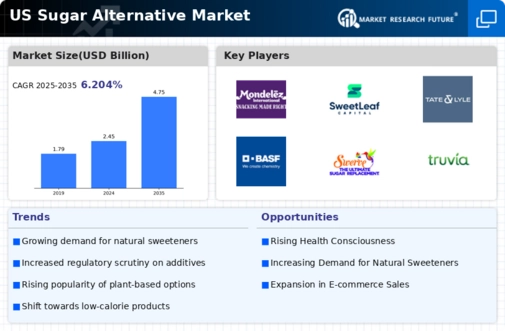

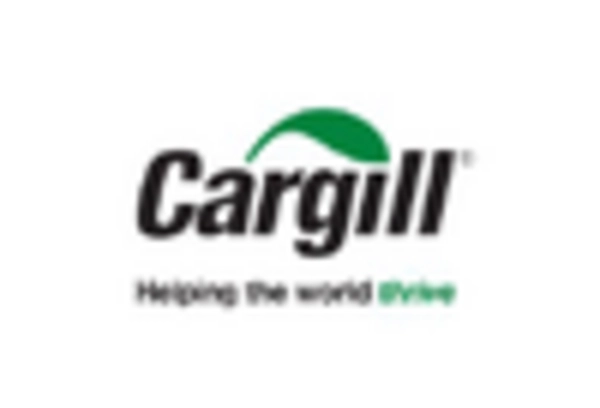

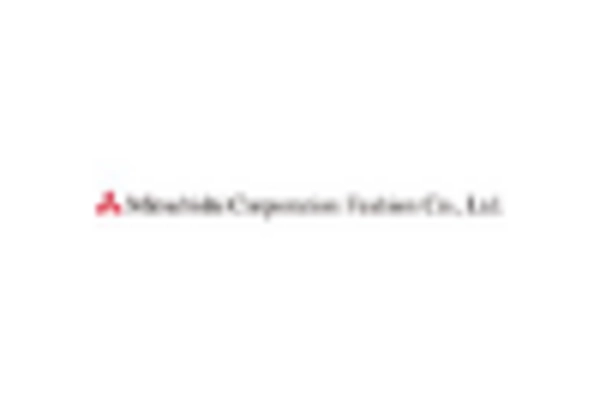
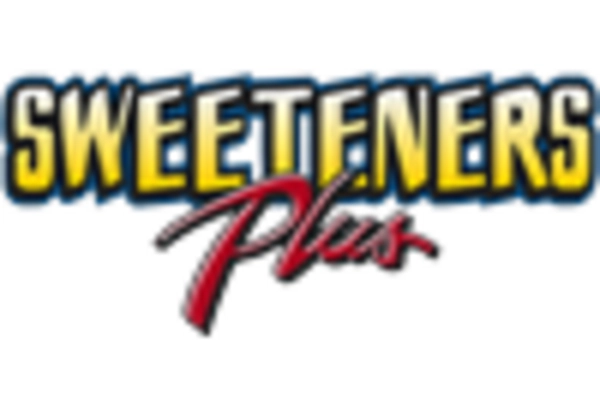
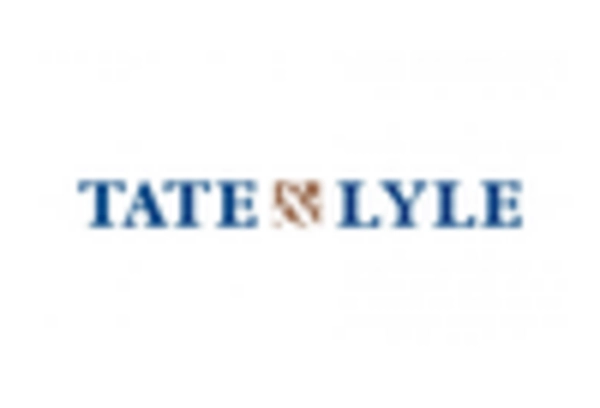








Leave a Comment